A bent knee calf raise is a variation of the traditional calf raise, but with the knee bent during the movement. Unlike the standard calf raise, which targets the larger gastrocnemius muscle (the muscle you typically think of as the "calf"), the bent knee calf raise specifically targets the soleus muscle. This muscle is located underneath the gastrocnemius and plays a key role in controlling movements at the ankle joint.
How to Perform the Bent Knee Calf Raise
Performing the bent knee calf raise correctly is essential for maximizing its effectiveness and avoiding injury. Here's a step-by-step guide to executing the exercise:
-
Start Position: Stand with your feet flat on the ground, shoulder-width apart. You can perform this exercise using a calf raise machine or on a step/bench for a greater range of motion. Keep your knees slightly bent throughout the movement.
-
Foot Position: Ensure that your toes are pointing forward, and your feet are fully planted on the surface. If using a step or a machine, make sure your heels are free to drop below the level of the platform, increasing the stretch.
-
Bend Your Knees: Gently bend your knees at about a 15-30 degree angle. Keep your core engaged and maintain a straight posture to avoid unnecessary strain on your lower back.
-
Raise Your Heels: Push through the balls of your feet to lift your heels as high as possible. You should feel the stretch and contraction in your calves. Hold the position for a second or two at the top of the movement.
-
Lower Slowly: Slowly lower your heels back to the starting position. Control the movement to engage the soleus muscle and reduce the risk of injury.
-
Repeat: Perform 3-4 sets of 12-15 repetitions, adjusting the weight or resistance to match your fitness level.
Benefits of the Bent Knee Calf Raise
1. Targets the Soleus Muscle
The primary benefit of the bent knee calf raise is its ability to specifically target the soleus muscle. While the gastrocnemius is more prominent and visible, the soleus is important for ankle stability and mobility, particularly during activities like running, cycling, and swimming. Strengthening the soleus can enhance overall athletic performance and improve balance.
2. Increases Ankle Stability
As a weight-bearing exercise, the bent knee calf raise strengthens the muscles around the ankle joint. This can help prevent common injuries like ankle sprains and strains, especially for athletes or those involved in sports that require sudden changes in direction, jumping, or running.
3. Improves Posture and Gait
Building strength in the calf muscles through exercises like the bent knee calf raise can have positive effects on your posture and walking gait. A strong calf muscle helps with the natural alignment of your body and supports the entire lower body during functional movements.
4. Reduces the Risk of Injuries
Regularly training the calves can improve muscle imbalances, which are a common cause of injury. A weak soleus muscle can lead to improper biomechanics, causing overcompensation in other muscles and joints, leading to strain and injury. By strengthening the soleus, you help to prevent issues like shin splints, Achilles tendonitis, and other lower-body injuries.
5. Helps with Athletic Performance
For athletes, developing calf strength through exercises like the bent knee calf raise can significantly enhance performance. Whether you play sports that require explosive movements like jumping, sprinting, or cycling, strengthening the soleus and the rest of the calves is crucial for speed, agility, and endurance.
Bent Knee Calf Raise vs. Standing Calf Raise
While both the standing calf raise and bent knee calf raise are effective exercises for strengthening the calves, there are key differences between them:
-
Standing Calf Raise: Primarily targets the gastrocnemius muscle, which is the larger muscle that gives the calf its shape and is more engaged during movements with straight legs.
-
Bent Knee Calf Raise: Focuses on the soleus muscle, which is deeper and smaller. This muscle is more active when the knees are bent and plays an important role in movements involving endurance.
Including both variations in your workout routine ensures balanced calf development and strength, addressing both the soleus and gastrocnemius muscles for a well-rounded lower body.
Variations of the Bent Knee Calf Raise
While the traditional bent knee calf raise can be performed using body weight, you can also increase the intensity by incorporating different variations:
-
Machine Calf Raise: Many gym machines are specifically designed for calf raises, allowing you to add weight for more resistance. These machines can be adjusted to target the soleus muscle more effectively by keeping your knees bent.
-
Seated Calf Raise: This variation is typically performed on a seated calf raise machine. It places more emphasis on the soleus muscle, as the knees are bent and the hip flexors are in a relaxed position.
-
Single-Leg Bent Knee Calf Raise: Performing the exercise on one leg at a time increases the challenge and allows you to focus more on each calf individually. It also helps correct muscle imbalances between the two legs.
-
Bent Knee Calf Raise with Dumbbells: Holding dumbbells in your hands while performing the exercise adds additional resistance, making the movement more challenging and promoting greater muscle growth.
How to Incorporate Bent Knee Calf Raises into Your Routine
The bent knee calf raise is a versatile exercise that can be incorporated into your workout routine in several ways:
-
Leg Day: Include the bent knee calf raise as part of your leg day workout. Perform it after exercises like squats, lunges, and leg presses to focus on calf development.
-
Warm-Up: You can also use the bent knee calf raise as part of your warm-up before a lower-body workout. It helps activate the calves and prepares them for more intense exercises.
-
End of Your Workout: Finish your leg workout with a few sets of bent knee calf raises to fully exhaust the calf muscles. This can enhance muscle hypertrophy and improve endurance.
Conclusion
The bent knee calf raise is a highly effective exercise for strengthening the soleus muscle and improving overall lower-body strength. Whether you're an athlete looking to enhance your performance or someone simply wanting to improve ankle stability and posture, incorporating this movement into your routine can yield significant benefits. By targeting both the gastrocnemius and soleus muscles through a variety of calf raise exercises, you can develop well-rounded, strong calves that support all your functional movements.


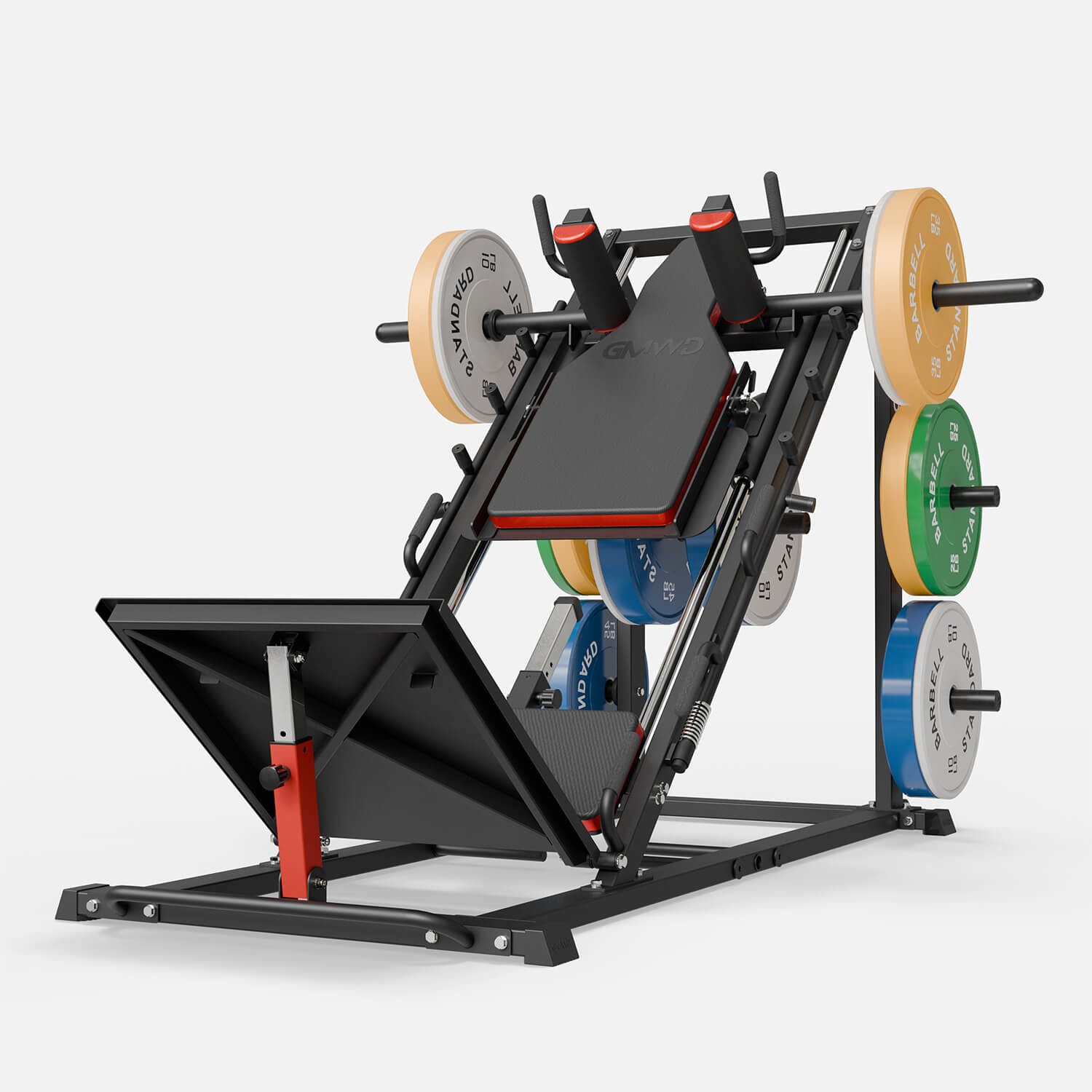
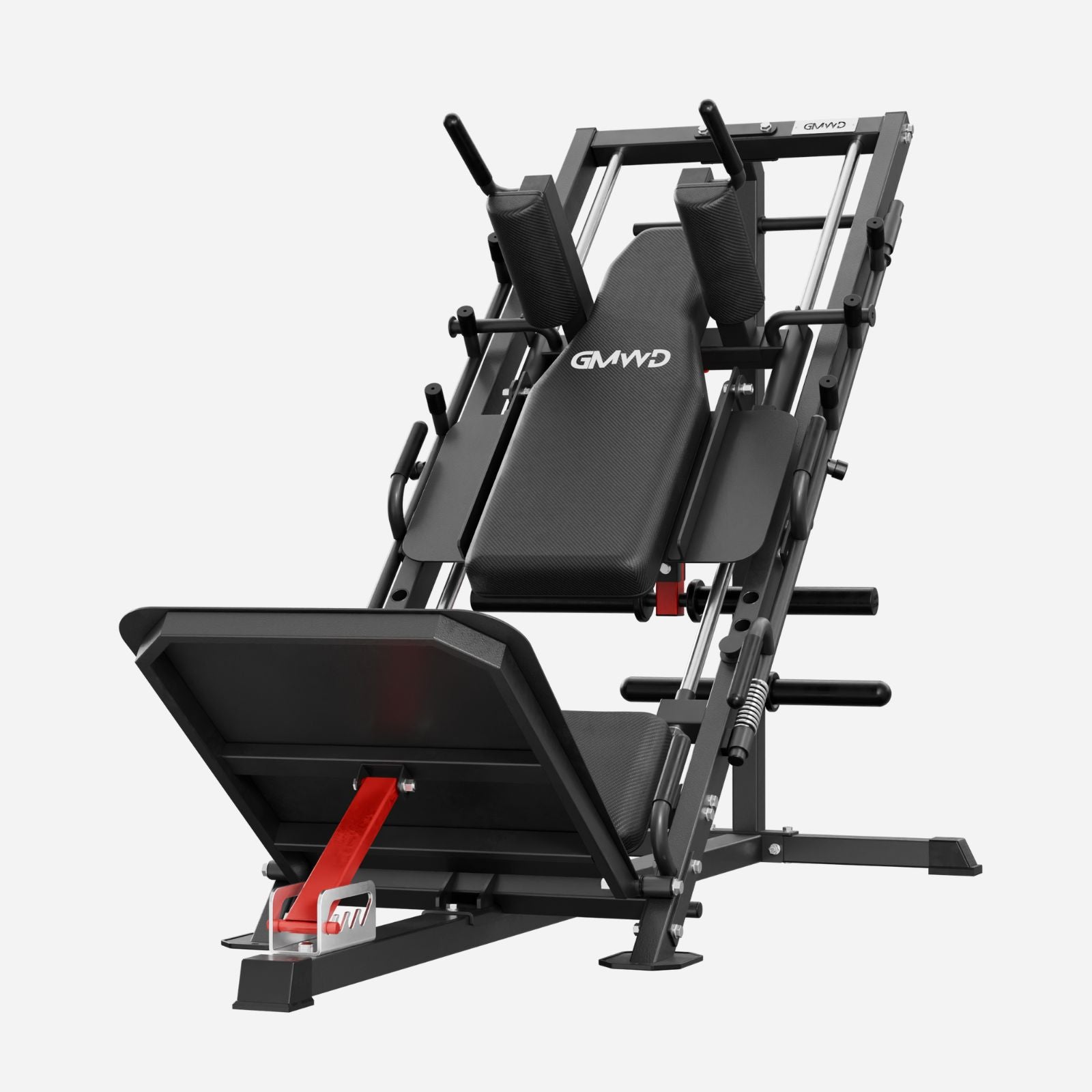
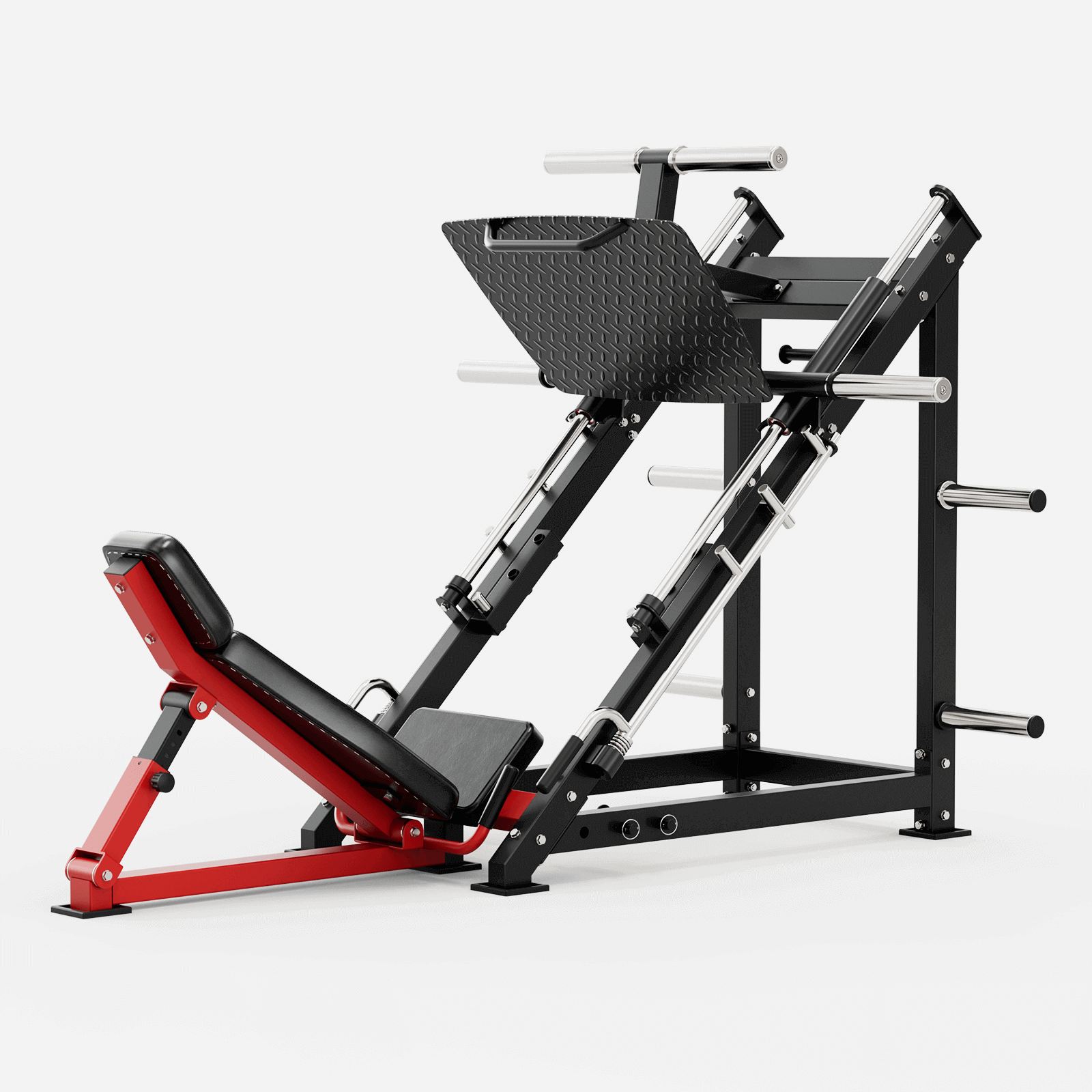
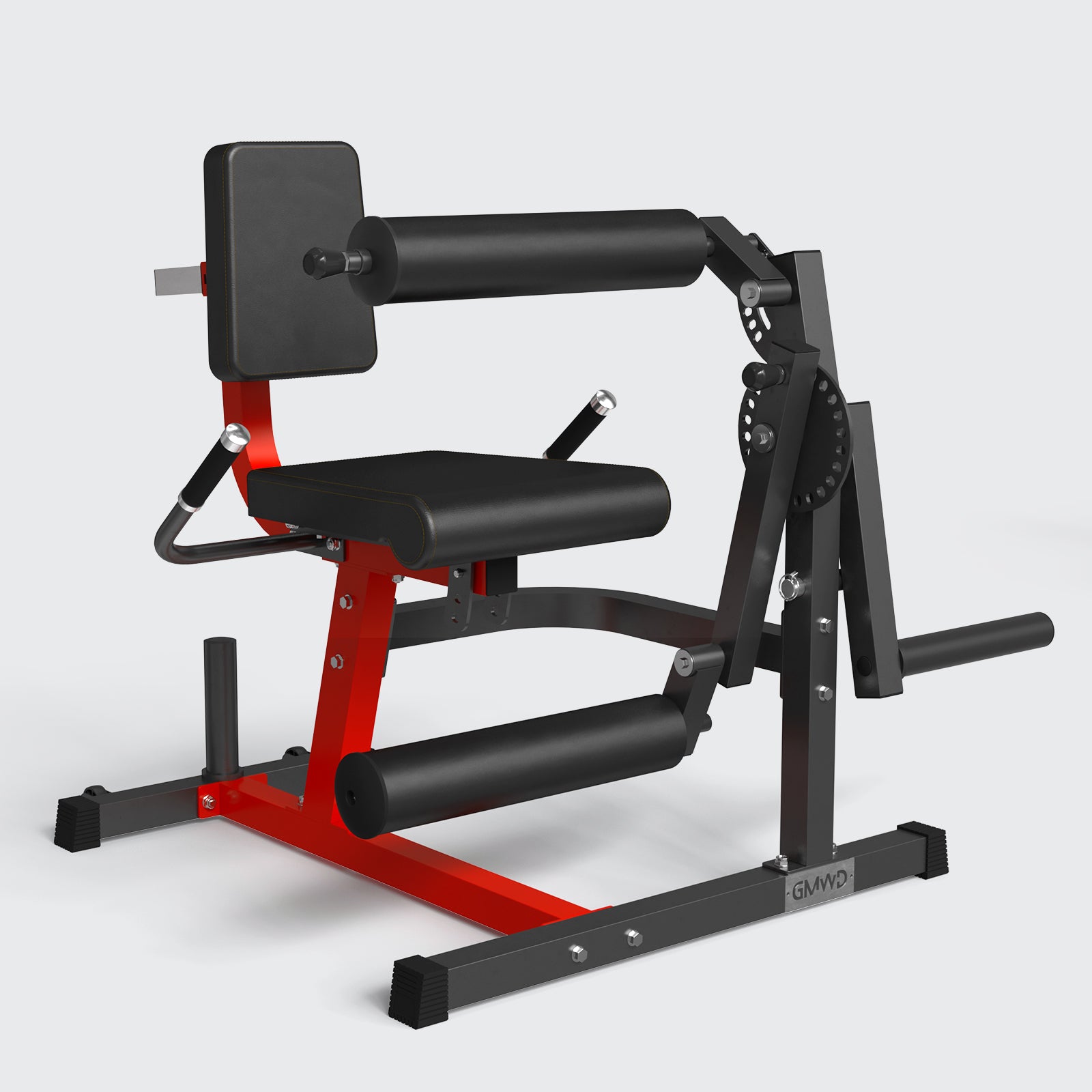
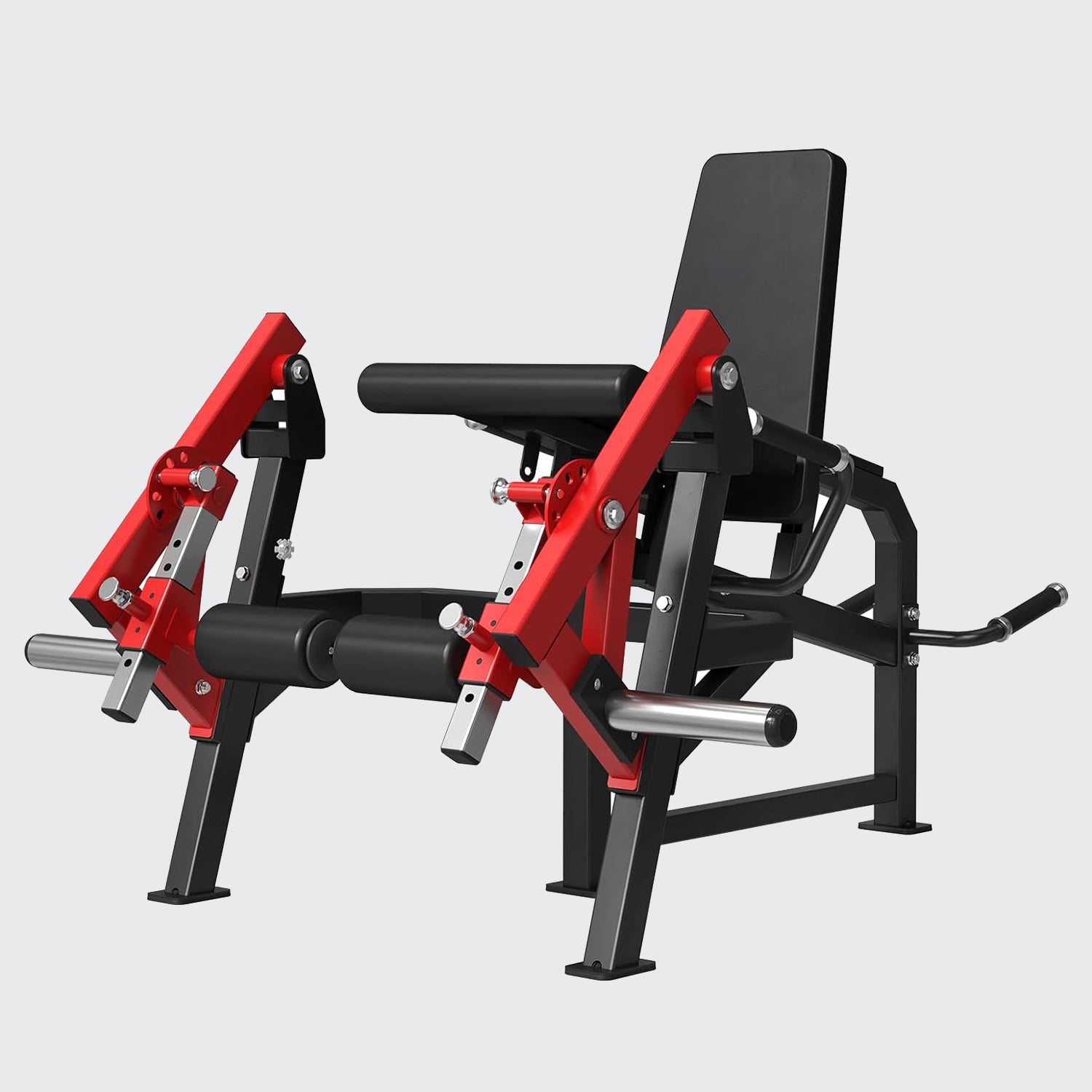
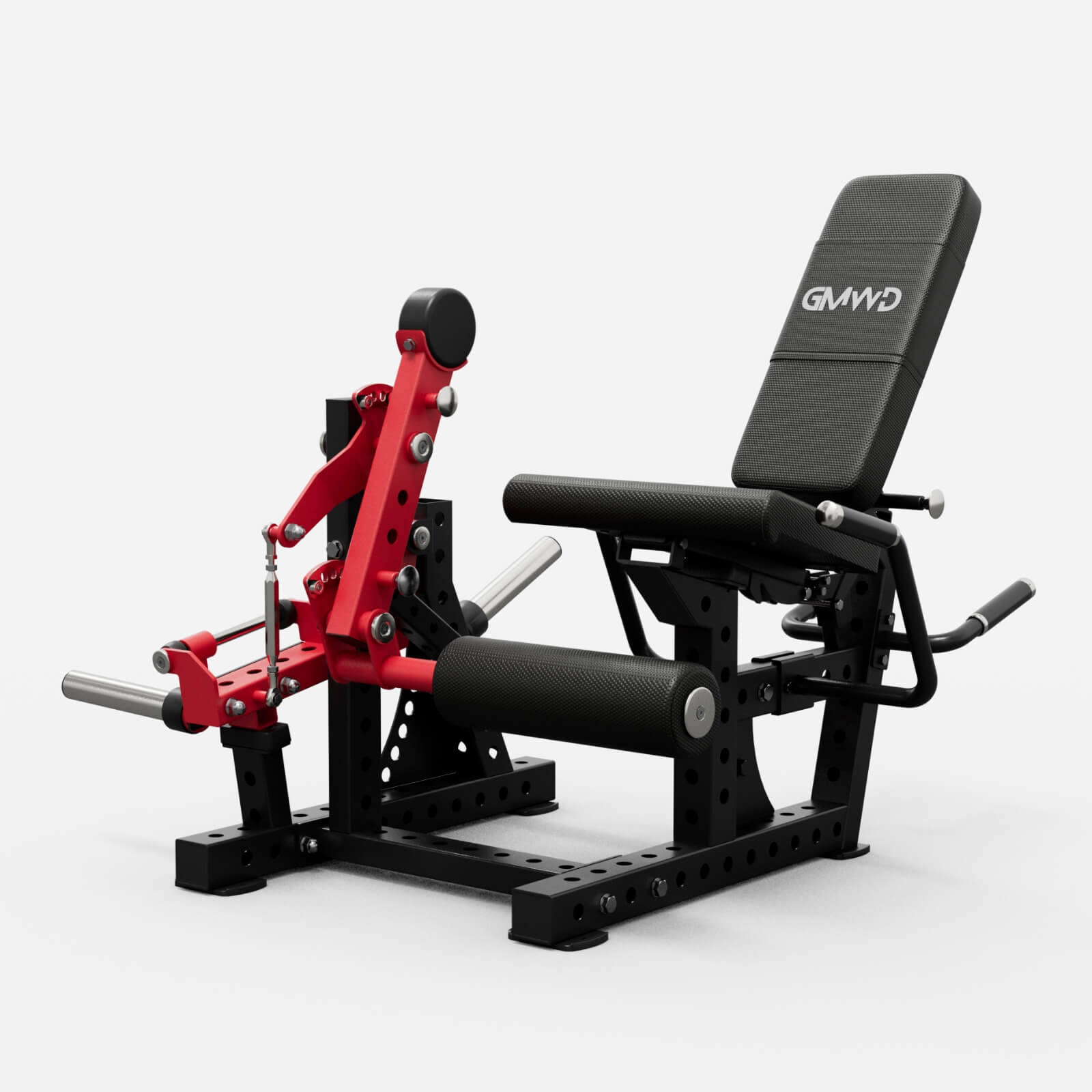
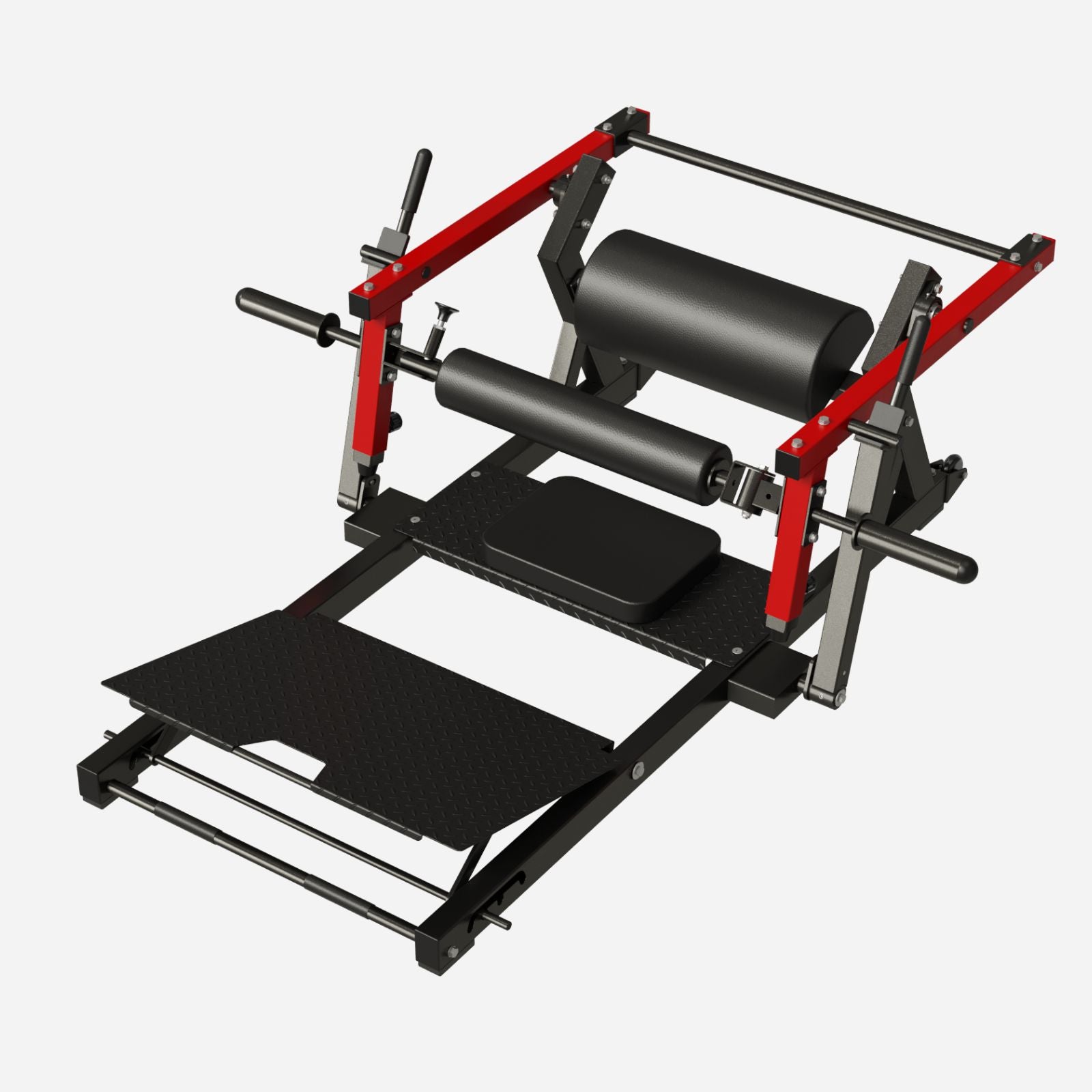

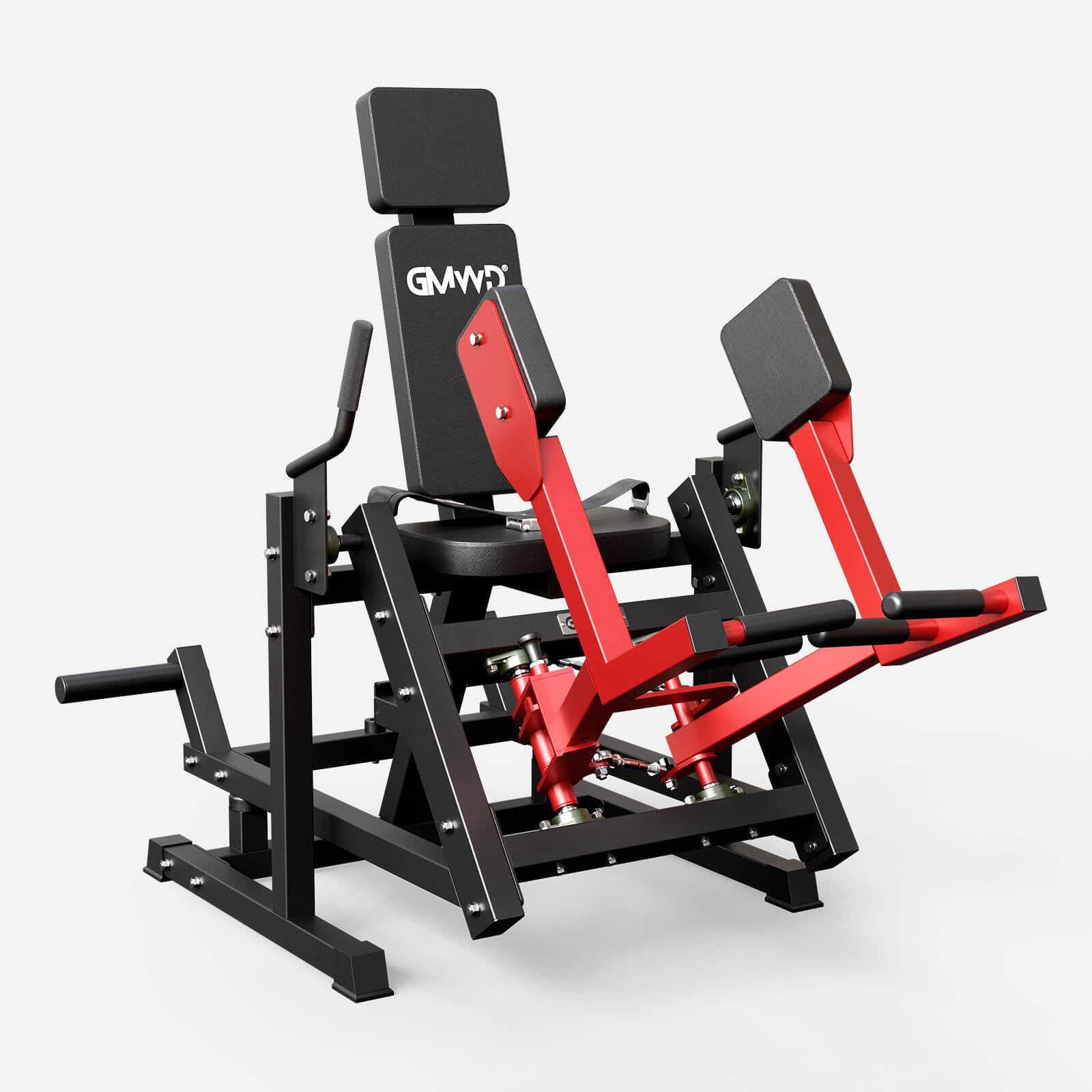
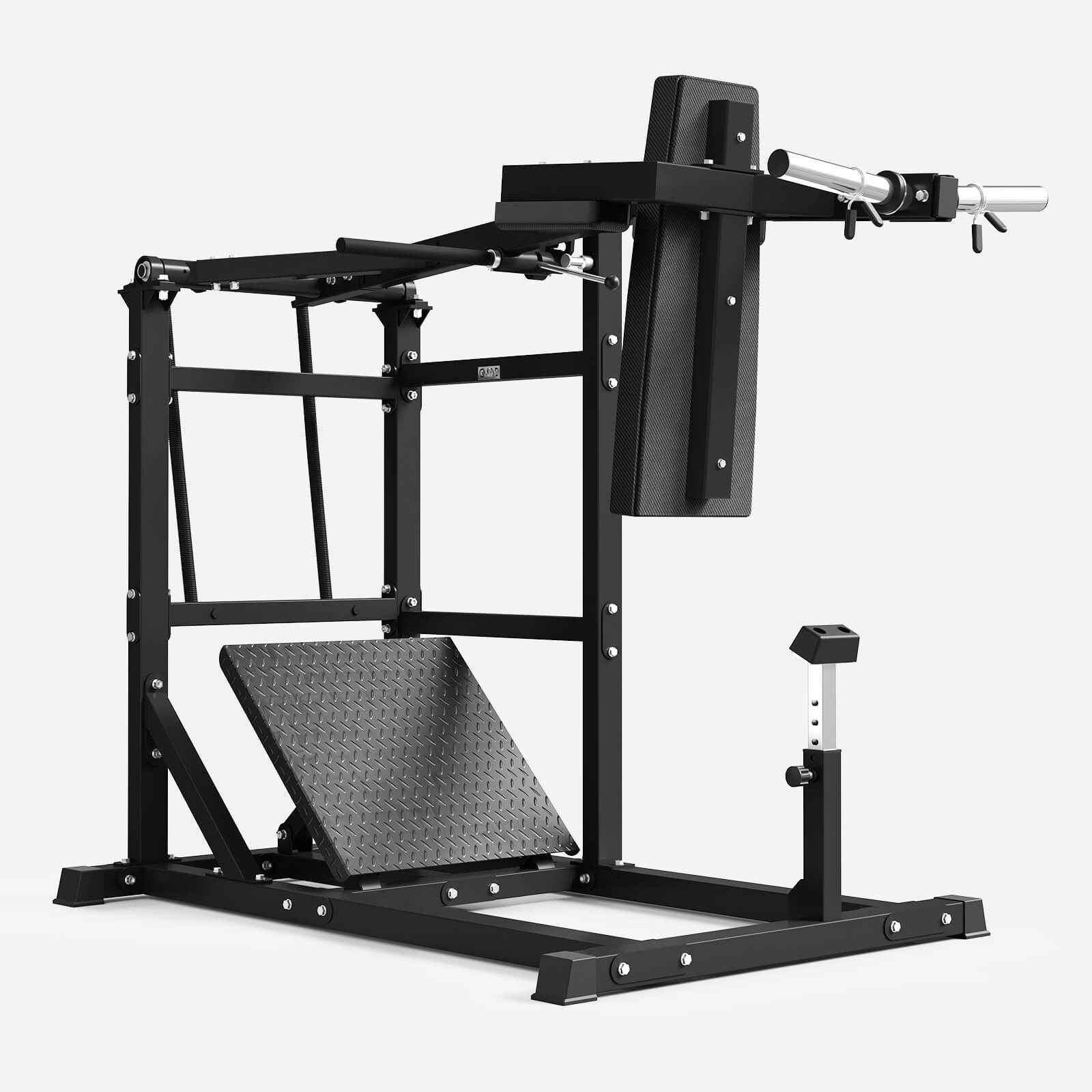
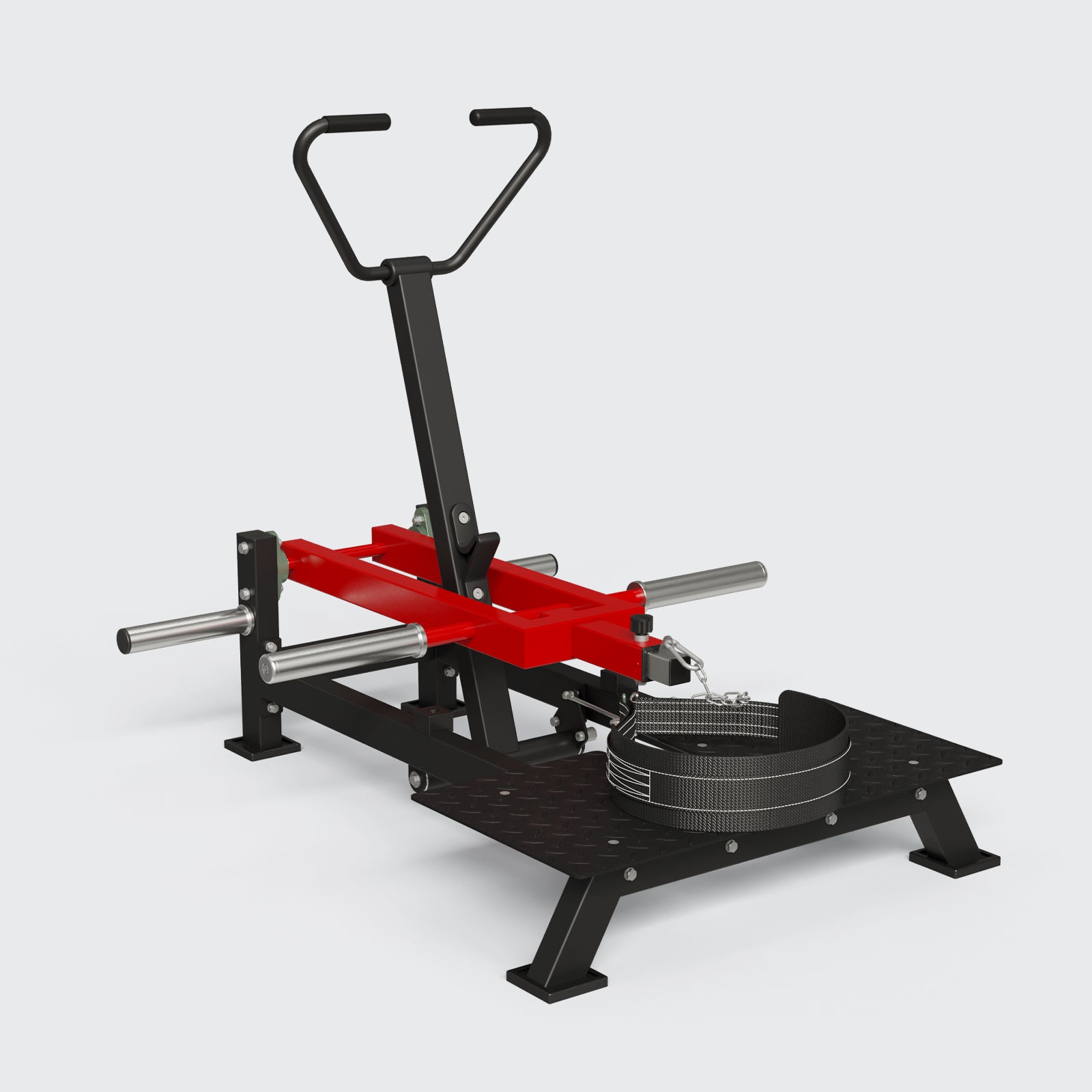
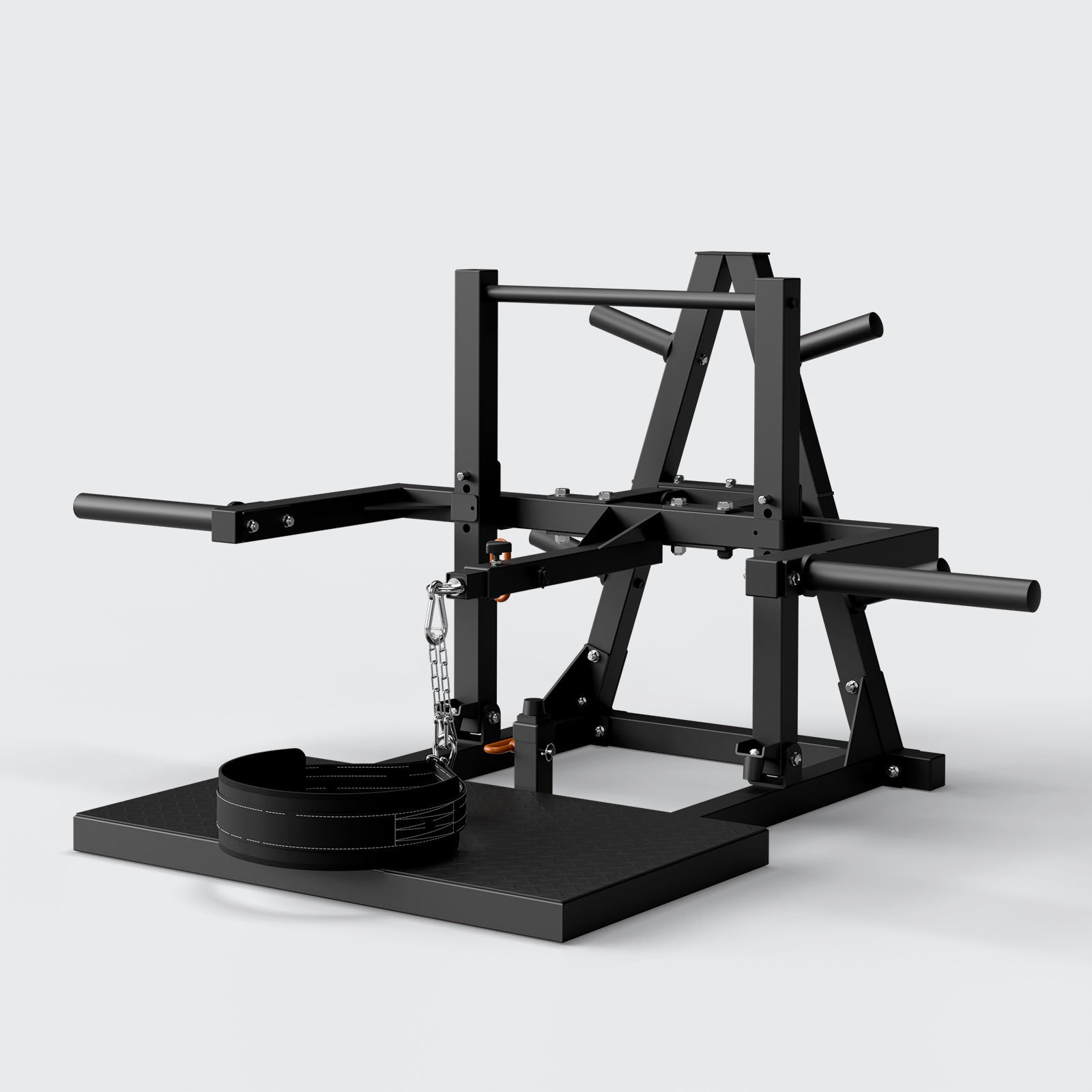

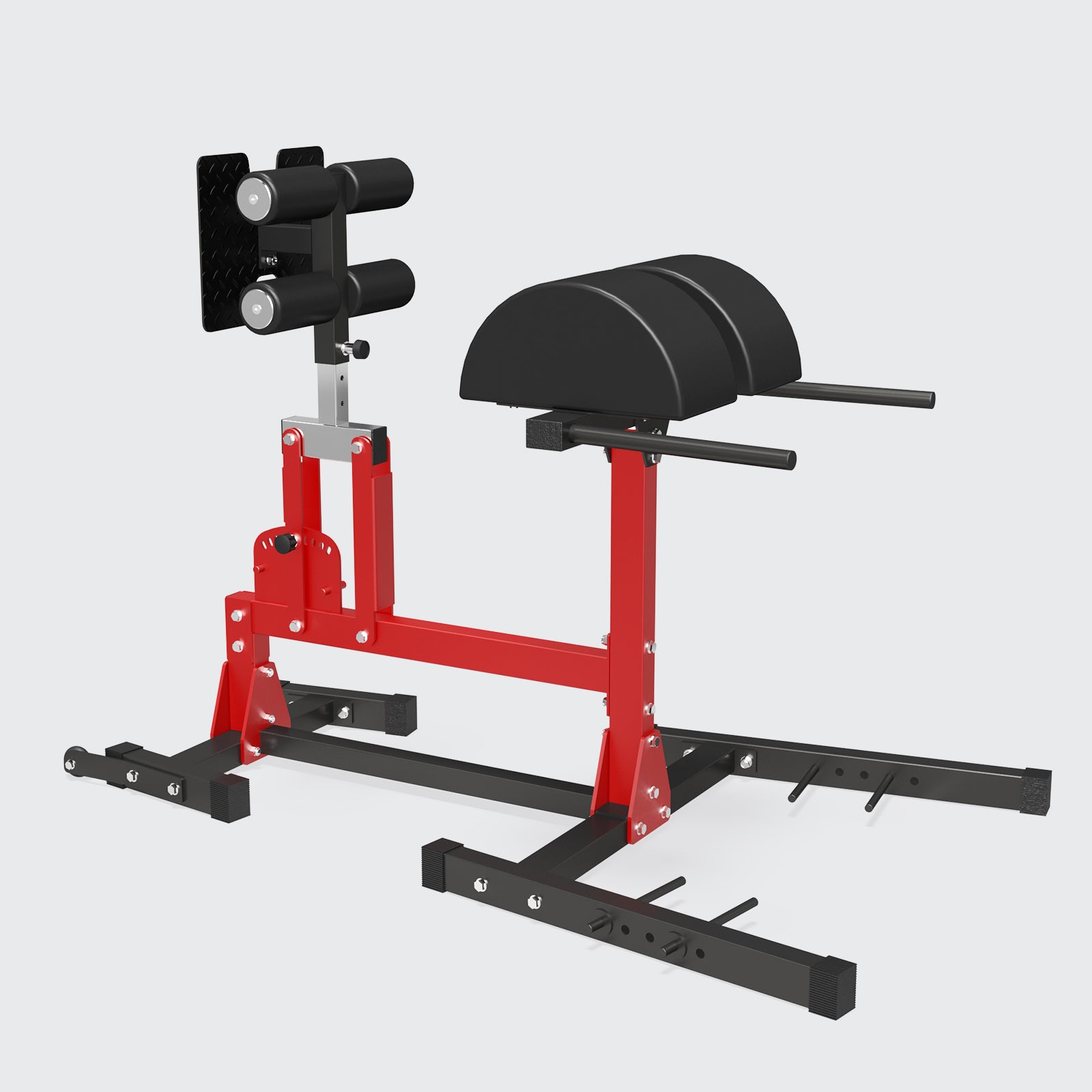
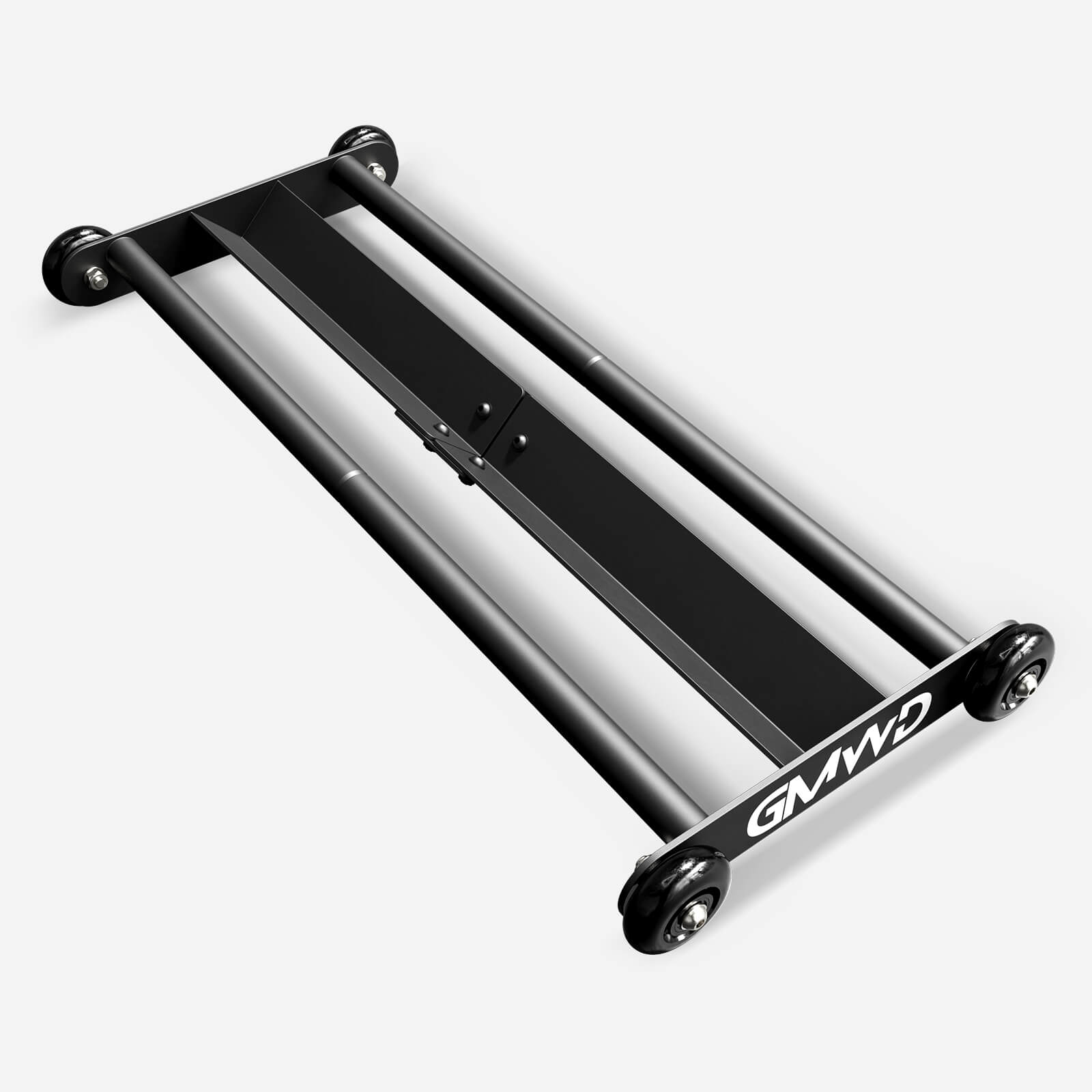
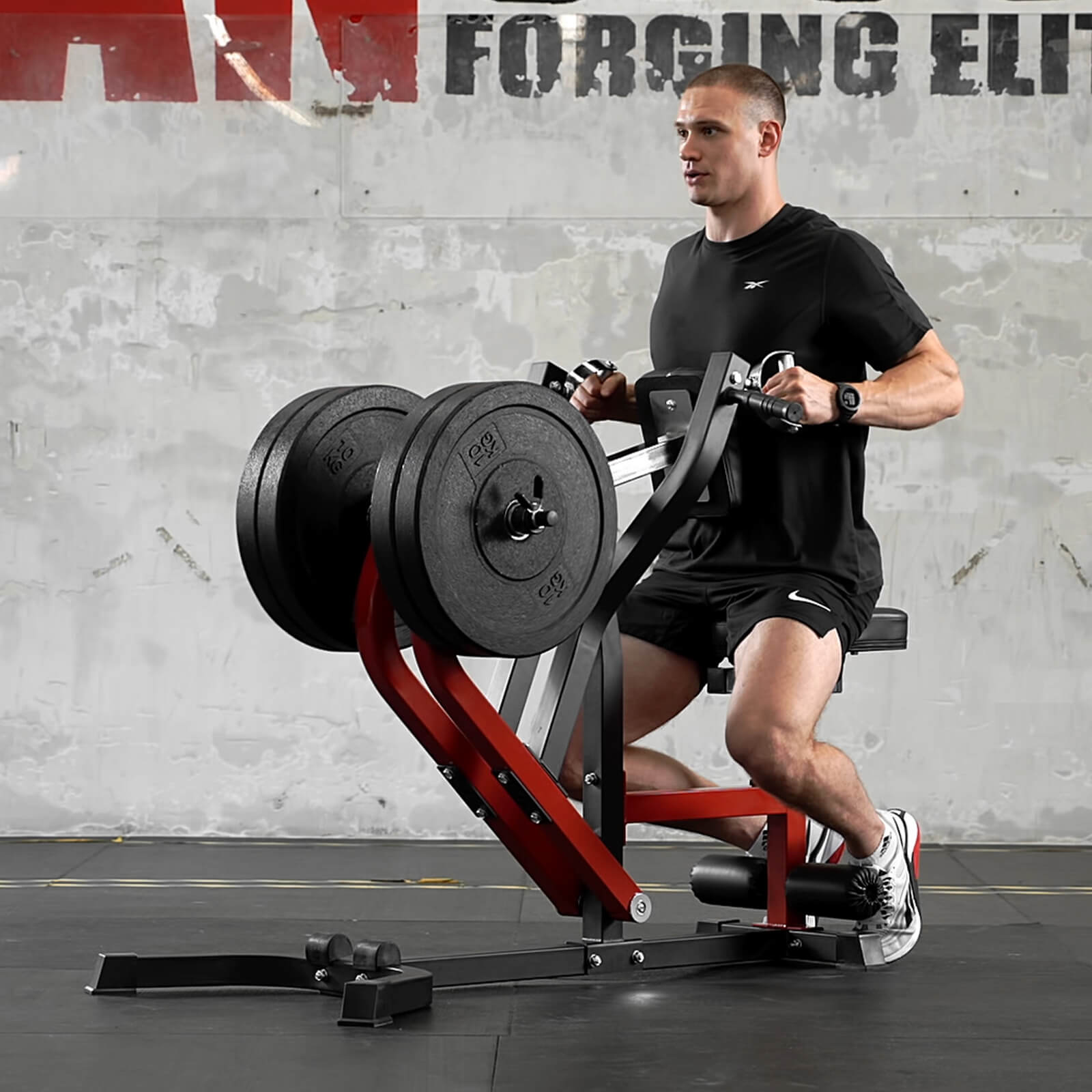
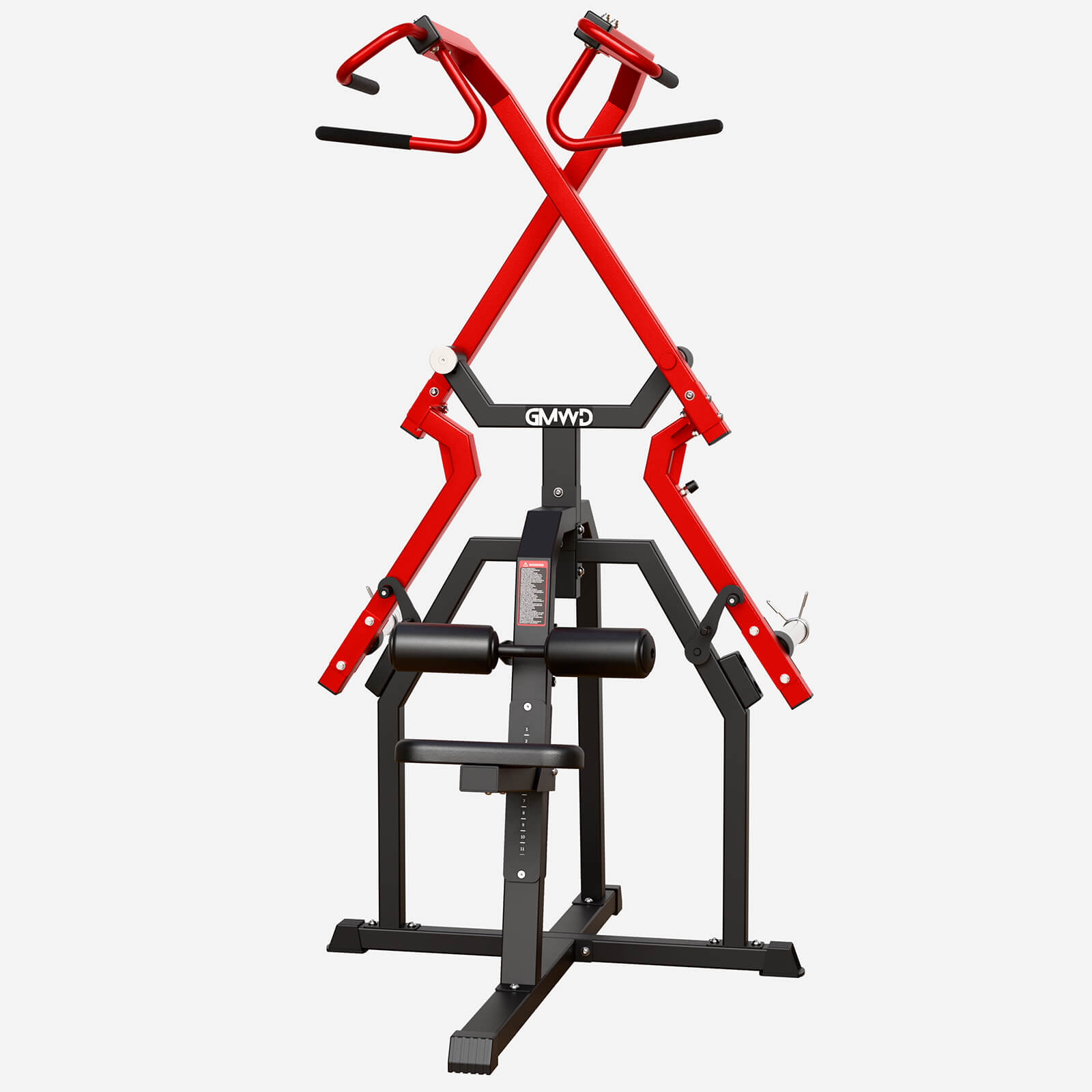
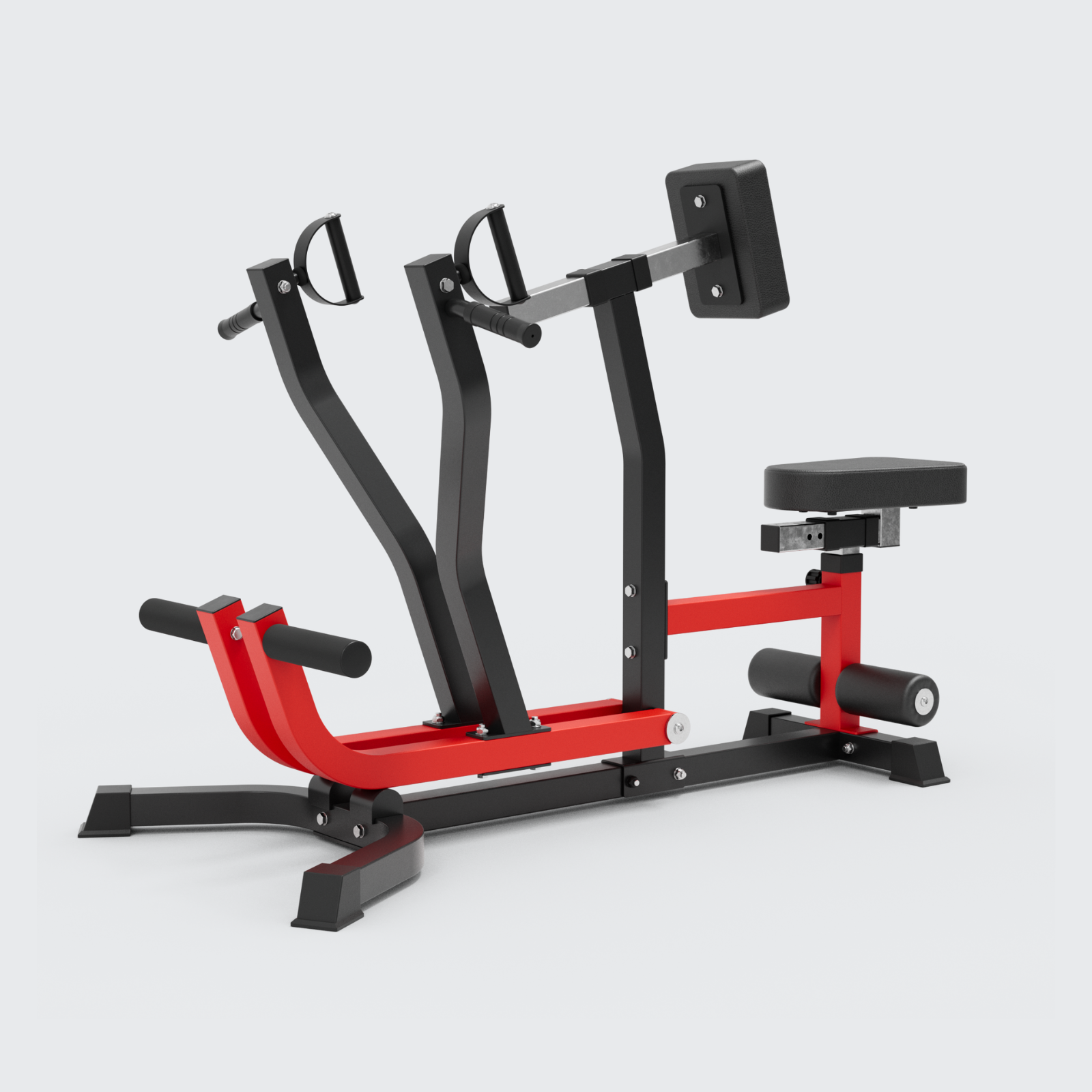
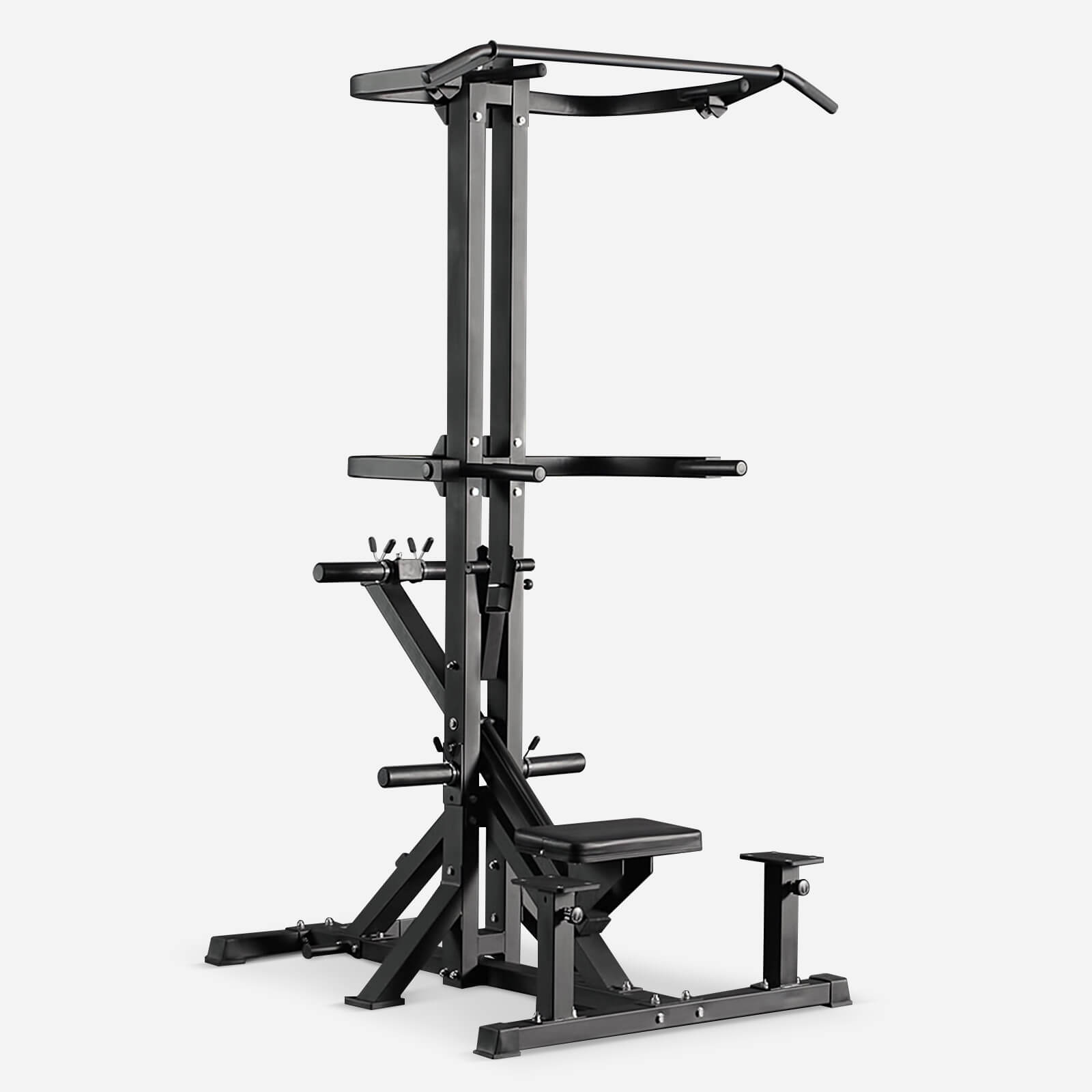
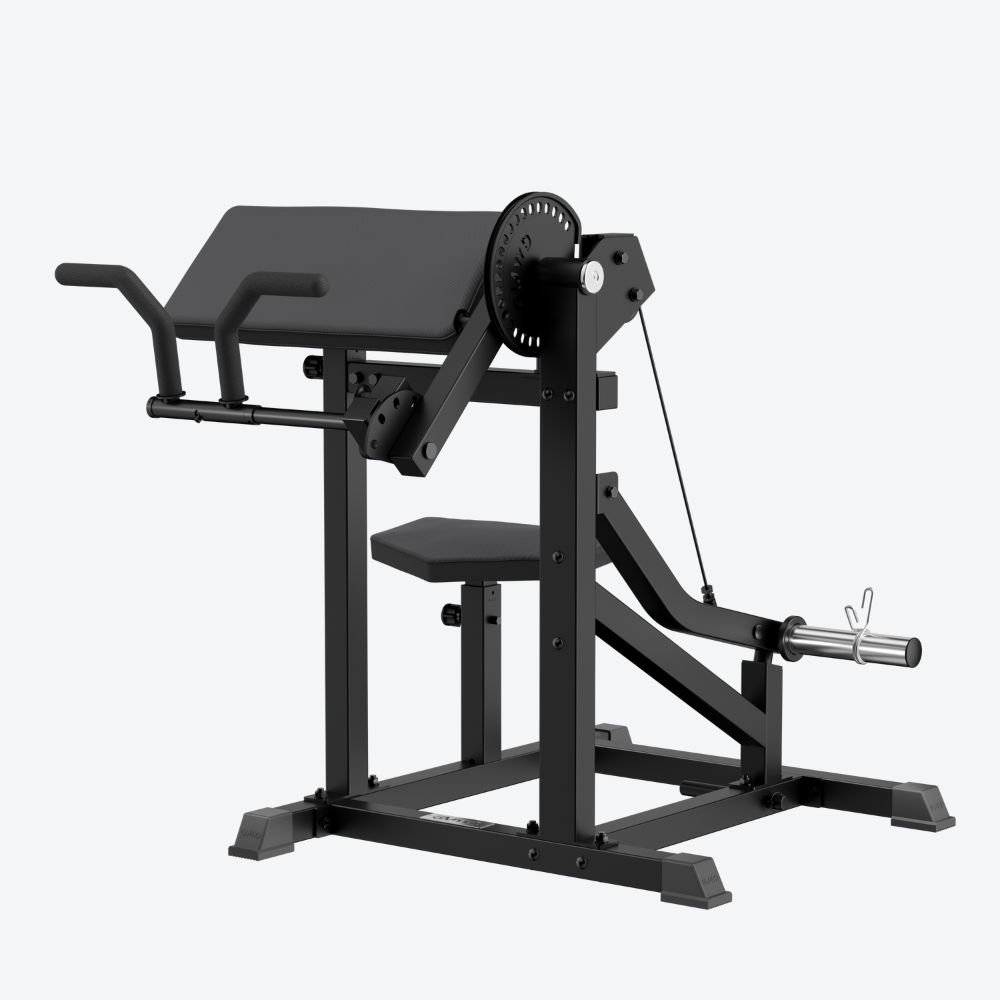
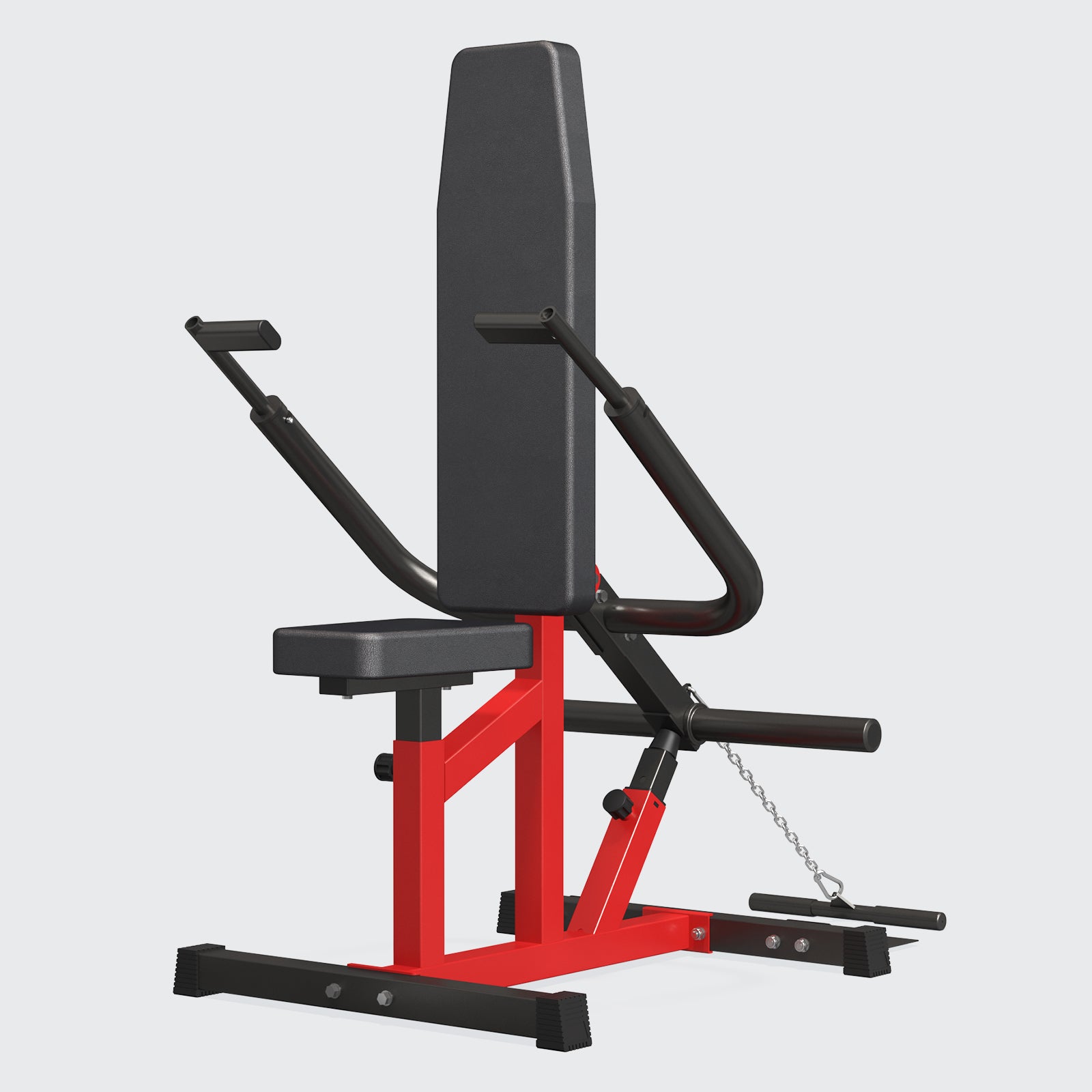
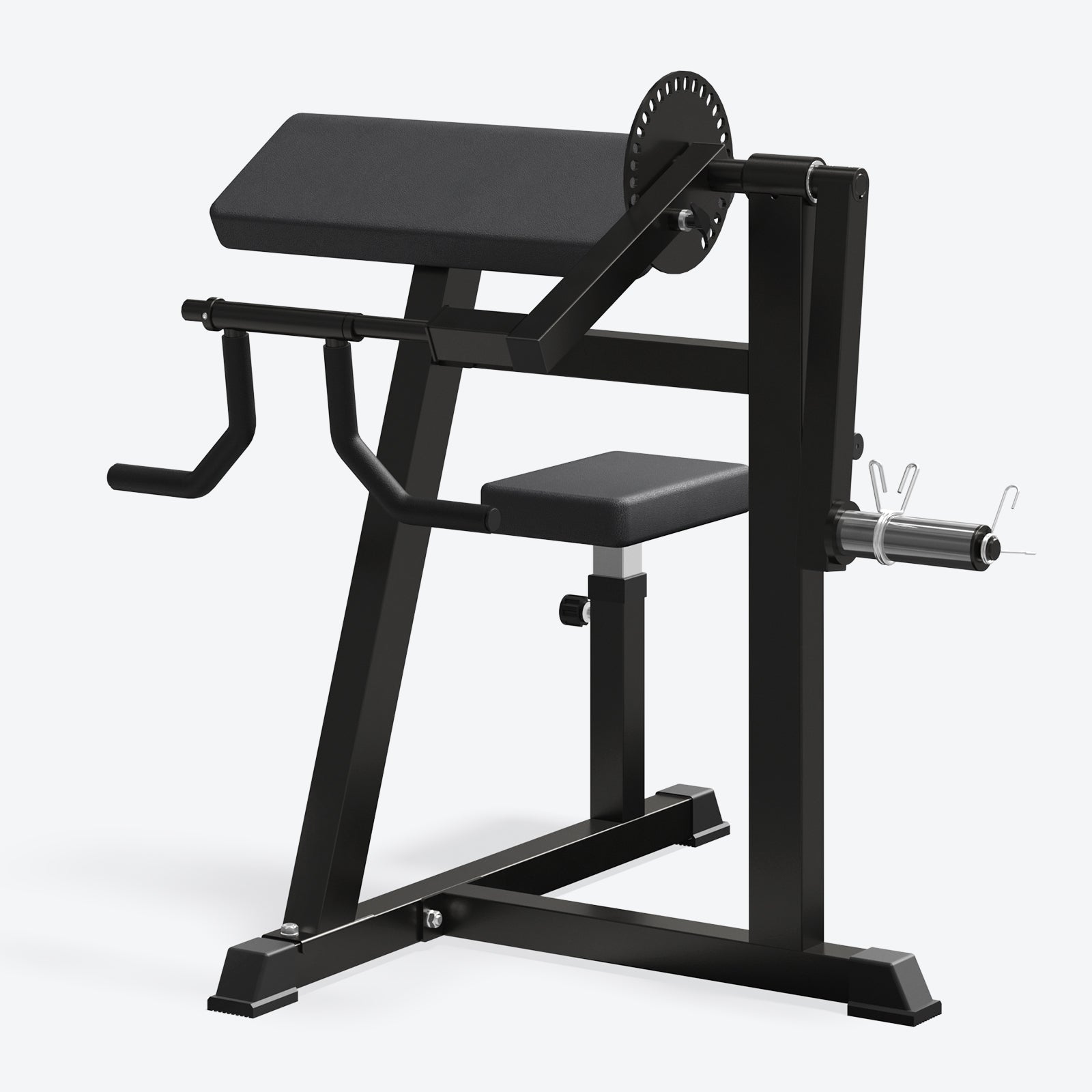
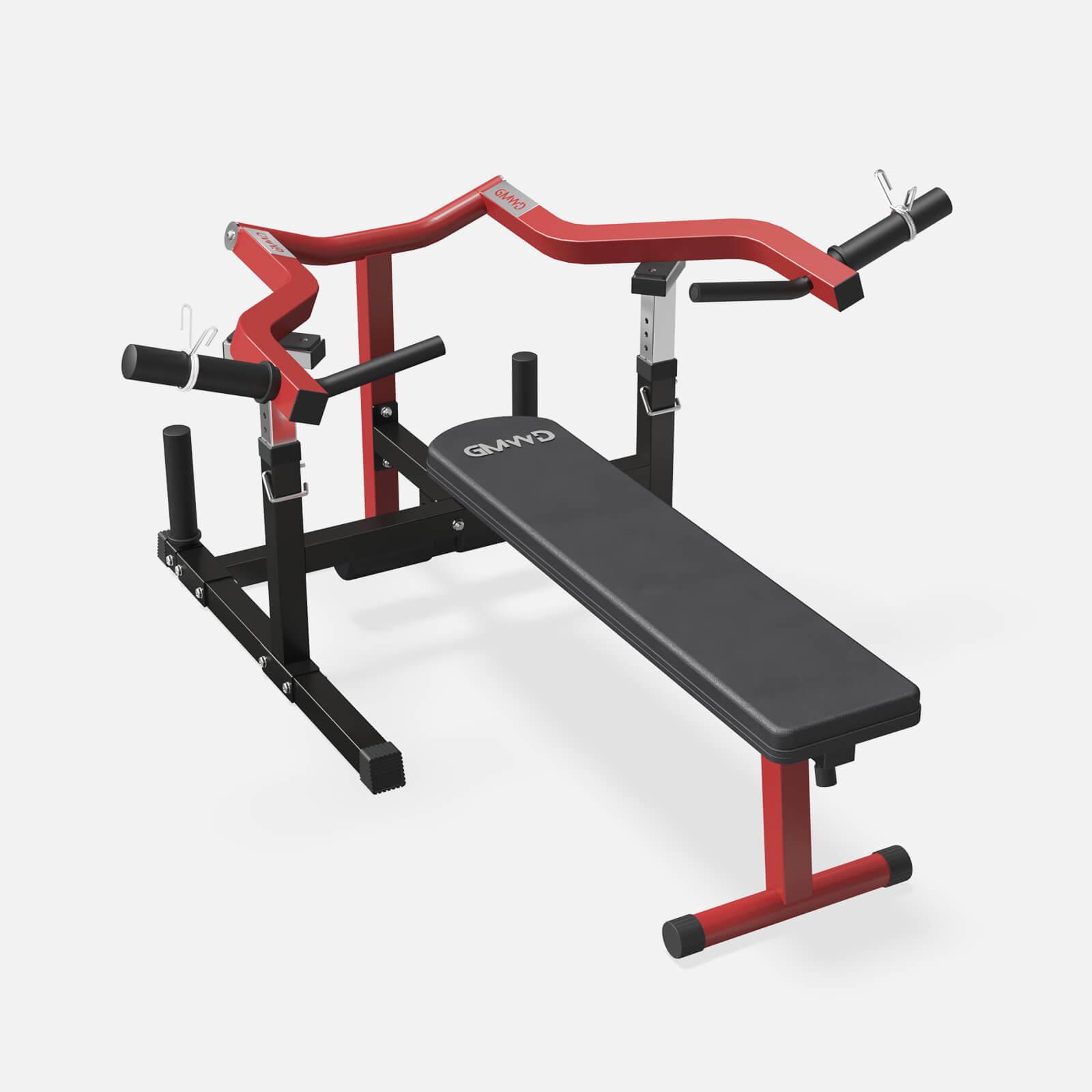
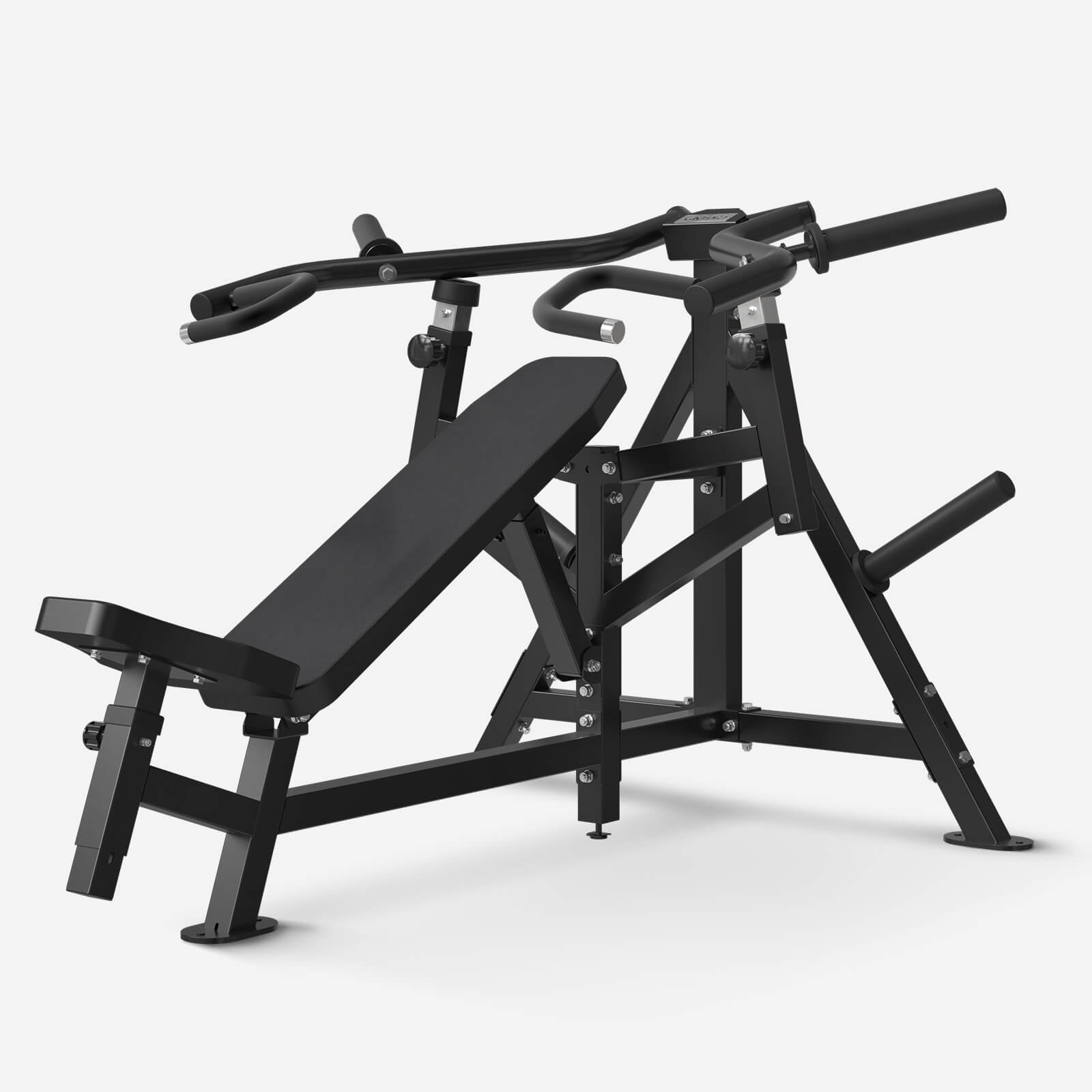
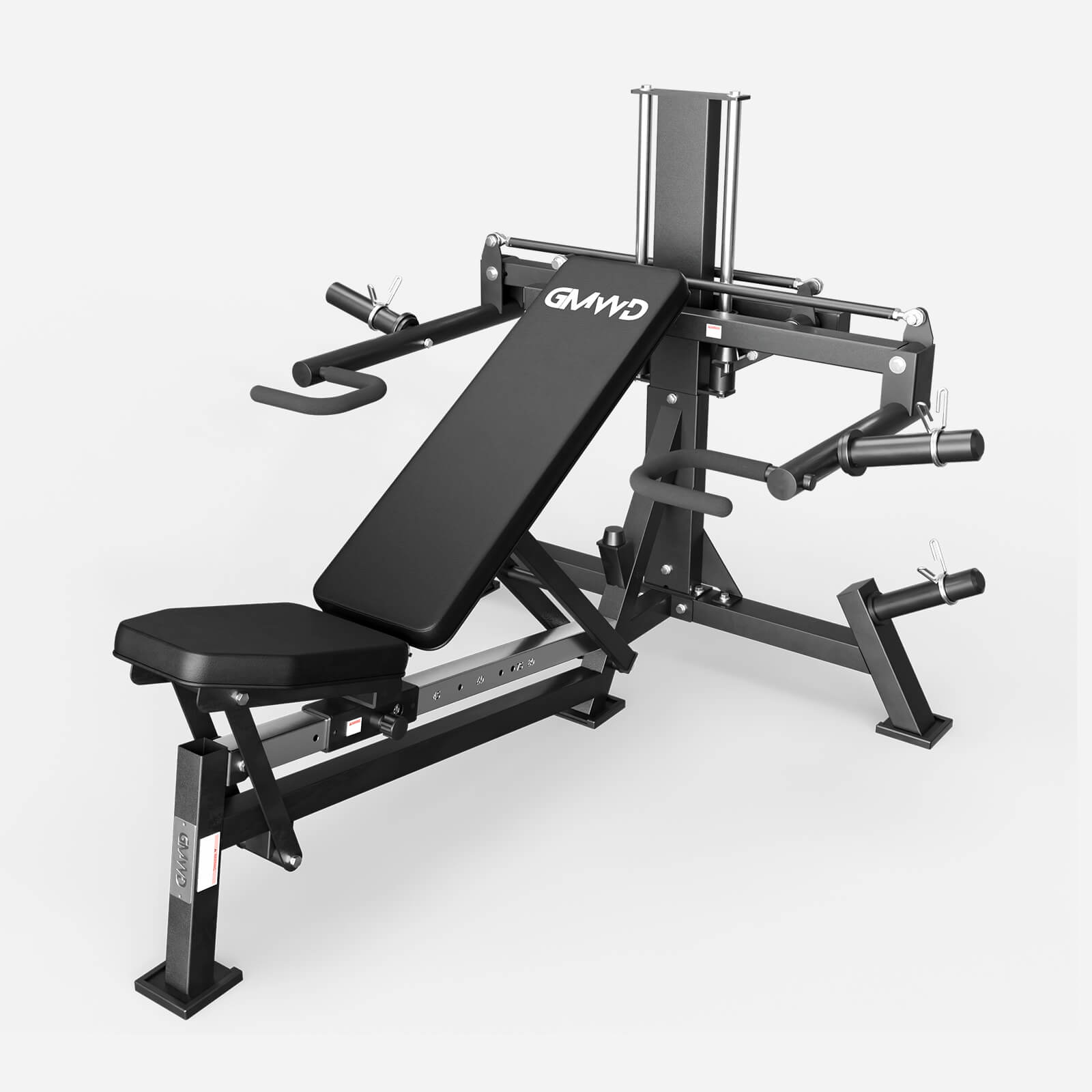
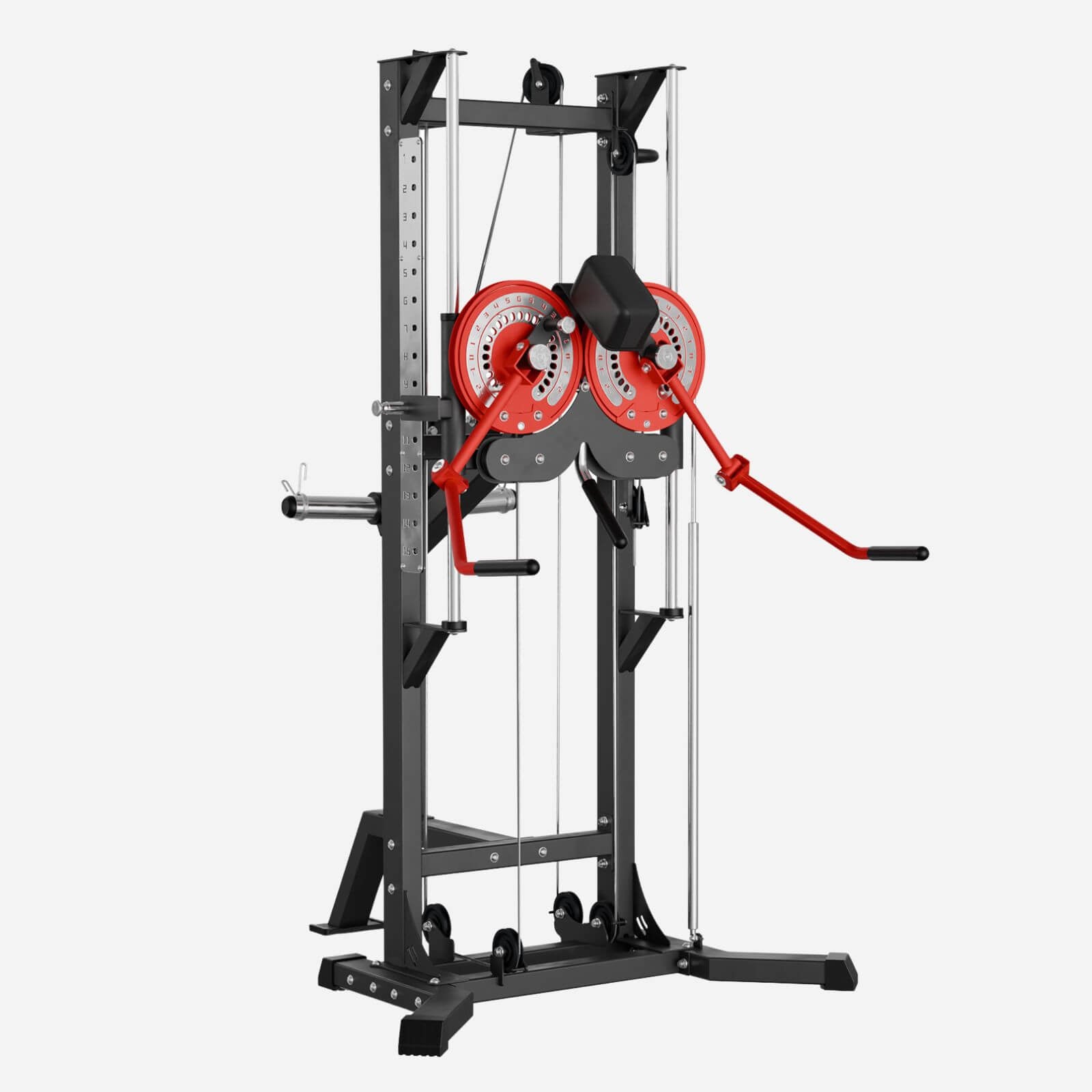
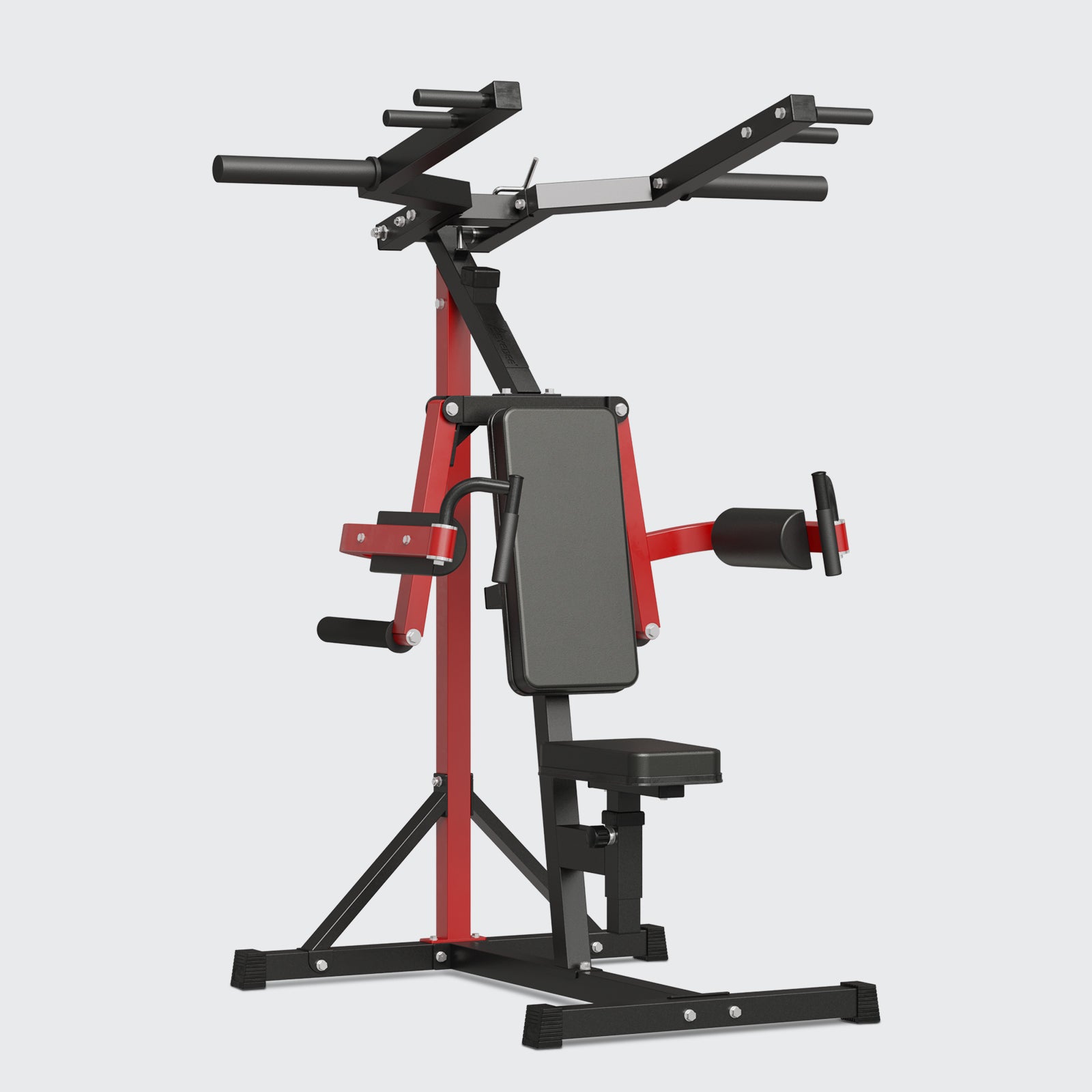
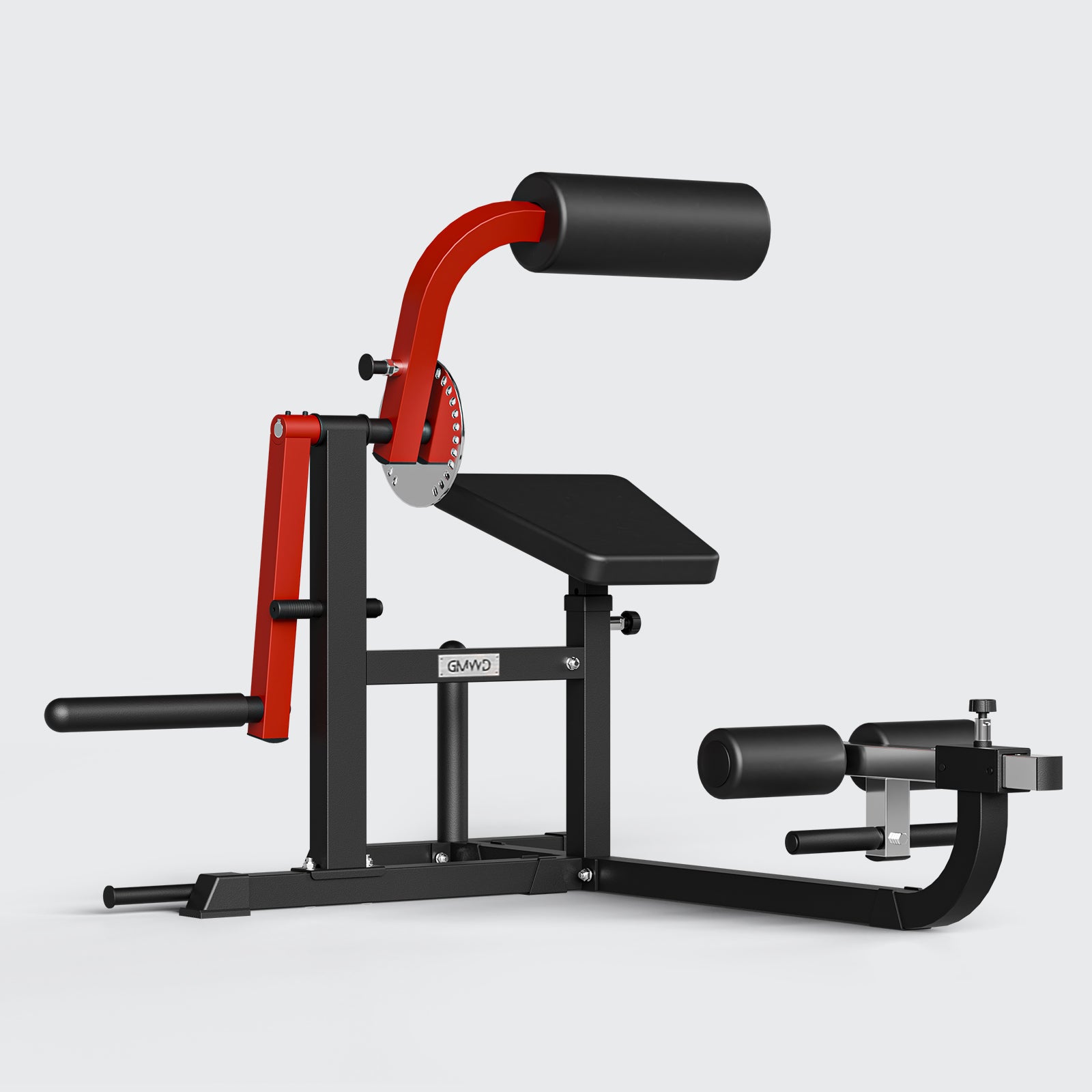
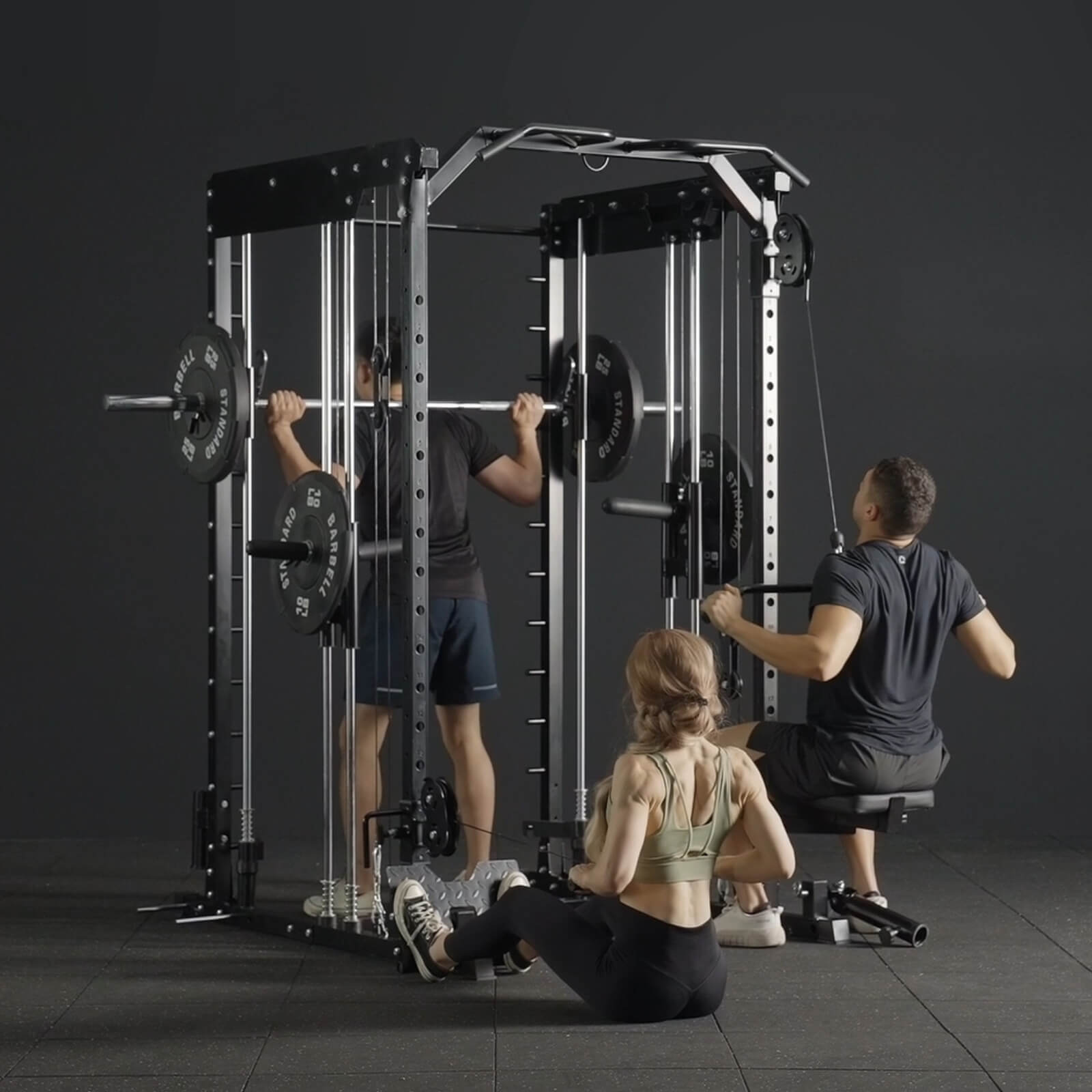
Leave a comment
All comments are moderated before being published.
This site is protected by hCaptcha and the hCaptcha Privacy Policy and Terms of Service apply.